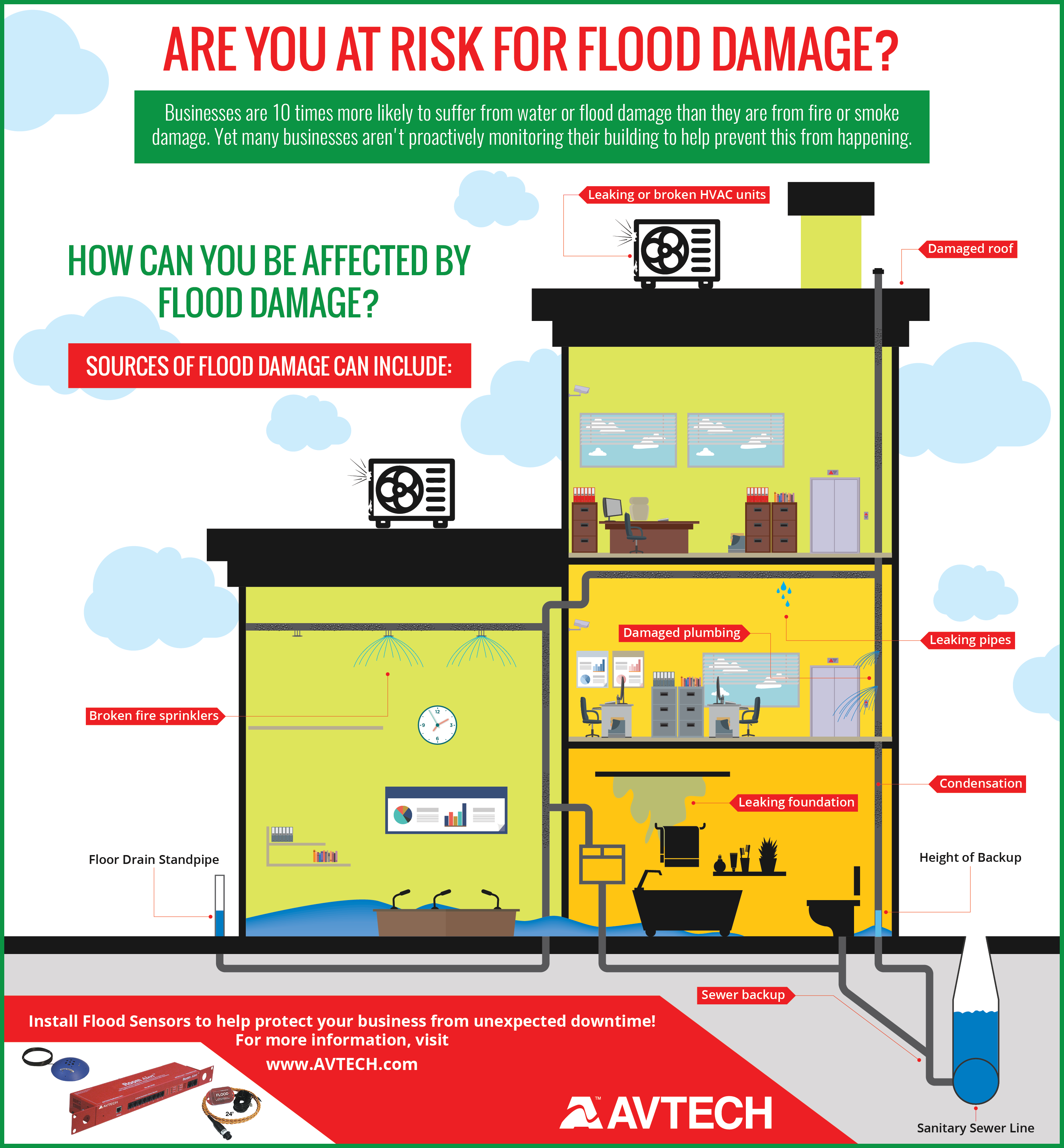The Role Of Weather Condition In Roofing System Installment: Choosing The Right Seasons And Issues For Success
The Role Of Weather Condition In Roofing System Installment: Choosing The Right Seasons And Issues For Success
Blog Article
remodeling" -Lohmann Mouritzen
When it involves roofing setups, the climate can make or break the job. Picture the stress of managing materials that will not coordinate because of extreme warm or fighting slippery surfaces triggered by unexpected rainfall. Recognizing the impact of weather on your roof project is important for a successful outcome. So, let's check out exactly how different weather components can influence the high quality and resilience of your roofing system installation, guaranteeing a job well done.
Influence of Temperature on Roofing Setup
When it concerns roofing system installation, temperature level plays an essential duty in the process. The suitable temperature for roof covering tasks normally falls between 45 and 85 degrees Fahrenheit. Severe heat can cause materials like roof shingles to become as well pliable, bring about potential damages during installment. On the other hand, chilly temperature levels can make products breakable and prone to fracturing. It is essential to arrange roof covering setups throughout moderate temperature levels to make sure the best result.
During cooler weather, contractors may need to take additional safety measures such as utilizing warmed tools or permitting materials to warm up before installment.
In contrast, hot weather may need job to be done previously or later on in the day to avoid the peak temperature levels. By taking into click the up coming website and its impacts on roofing products, you can help make certain a successful installment that will certainly withstand the elements for many years to find.
Impact of Rainfall on Roofing Projects
Roof tasks can be substantially impacted by rainfall, affecting both the timeline and the quality of the installment. Rain or snow can develop slippery problems, making it dangerous for roofers to service a damp surface. Additionally, dampness can compromise the attachment of materials like tiles or underlayment, leading to possible leakages or problems in the future.
If it rains throughout a roof covering project, the water can leak into vulnerable areas, causing delays as the installation staff should await the roofing to dry prior to continuing. Excessive dampness can likewise advertise the growth of mold and mildew and mildew, further threatening the integrity of the roofing system.
To stay clear of these issues, it's recommended to set up roofing jobs throughout drier periods or keep track of the weather report carefully to plan around any kind of possible rainstorms. By taking precautions to work in positive weather, you can make sure a smoother and extra effective roofing installation procedure.
Impact of Wind Rate on Setup Success
Throughout roof covering installation, the rate of the wind plays a vital role in identifying the success of the job. High wind rates can posture substantial challenges to roofing contractors, potentially resulting in security dangers and quality problems. When wind speeds go beyond recommended limitations, it comes to be hard to handle materials, raising the risk of mishaps and damages to the roof products. Solid gusts can also influence the accuracy of dimensions and the precision required for correct setup.
To make certain an effective roofing setup, it's necessary to keep track of and consider wind speeds. Ideally, roofing system setup should happen on days with low to modest wind speeds. This not only boosts the security of the employees yet also enhances the general top quality of the installation.
Roofing projects arranged during calm weather conditions are more probable to be completed effectively and with fewer errors. By focusing on wind rate projections and intending accordingly, you can aid guarantee a smooth and effective roofing system setup procedure.
Final thought
So, when it concerns roofing setup, remember to consider the climate condition to guarantee an effective task. Optimum temperature levels, dry problems, and modest wind speeds are essential factors to focus on for a smooth installation procedure. By arranging your job during the most effective seasons and perfect weather, you can achieve a resilient and durable roof that will safeguard your home for many years ahead.
